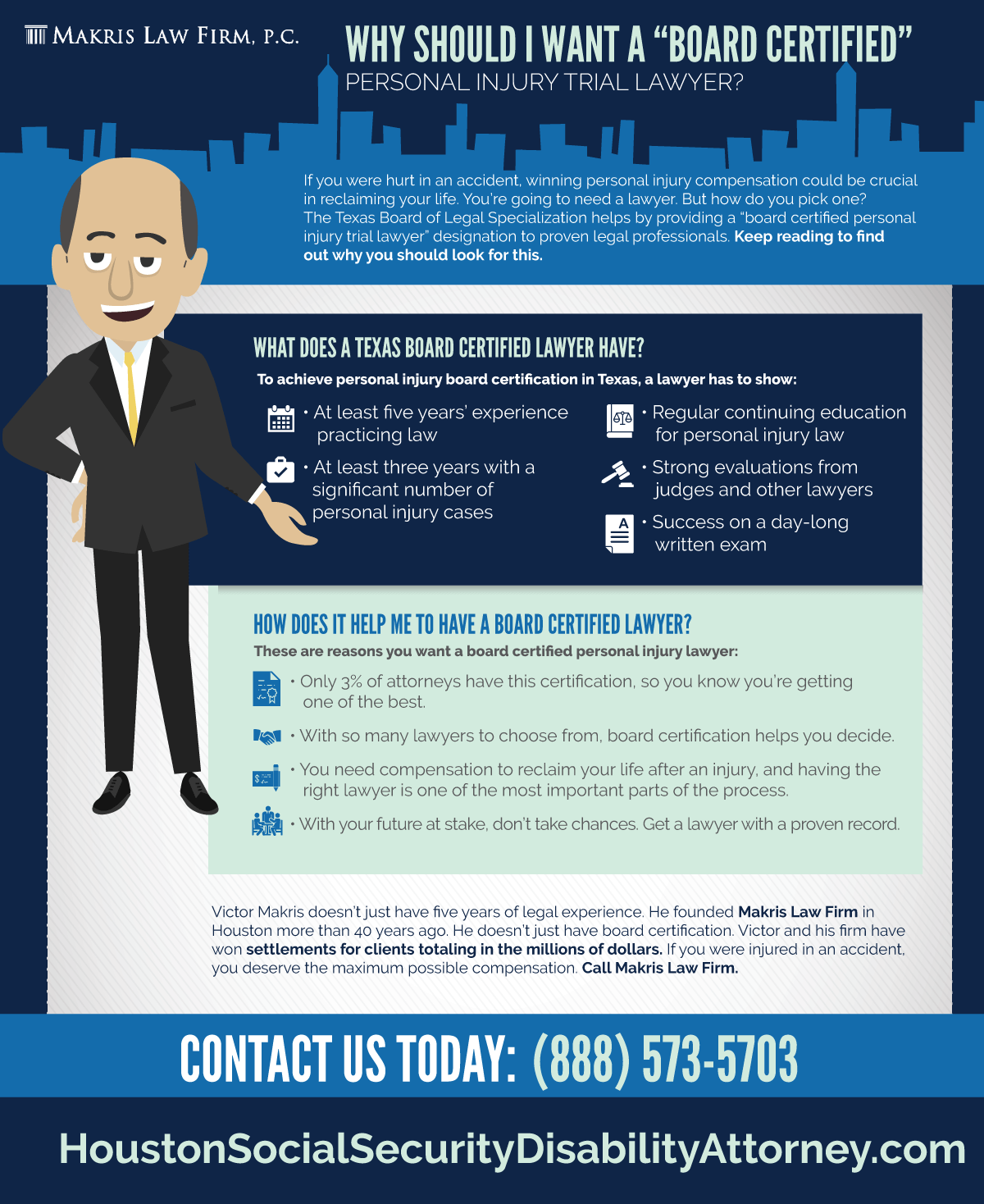An Introduction Of The Criminal Trial Process: A Detailed Step-By-Step Guide
An Introduction Of The Criminal Trial Process: A Detailed Step-By-Step Guide
Blog Article
Material Author-Winters Bunn
When you enter a criminal test, you may be amazed by the structured procedure that unravels. Everything starts with court selection, where possible jurors are scrutinized for biases with an approach called "voir dire." After that, both sides present their opening statements, setting the stage for the proof and testimonies to follow. You'll see how the prosecution and protection construct their cases, yet what takes place next can dramatically affect the outcome. Comprehending these phases can reveal the complexities of justice, but there's more to reveal regarding the defining moments that comply with.
Court Selection Refine
When it involves the jury option process, you're diving into a vital stage of a criminal test. This process, typically called "voir dire," includes questioning potential jurors to guarantee they're impartial and with the ability of supplying a reasonable judgment.
You'll see both the prosecution and defense attorneys getting involved proactively, each aiming to select jurors that align with their situation's narrative.
During voir dire, you'll observe that lawyers ask concerns regarding jurors' histories, beliefs, and experiences. Their objective is to identify any type of pre-existing predispositions that can affect a juror's choice. As a juror, you may feel a mix of anxiety and interest, yet your sincerity is vital.
After questioning, Recommended Web site can challenge certain jurors for reason if they believe a juror can't remain objective. They can also make use of a minimal variety of peremptory challenges to reject jurors without specifying a reason.
Trial Phases Explained
The stages of a criminal trial play a vital function in making certain a reasonable and organized process.
You'll initially experience the opening statements, where both the prosecution and defense outline their instances. This sets the stage of what's ahead.
Next, the prosecution offers its proof and witnesses, intending to prove the accused's regret past a reasonable uncertainty. You'll see direct evaluation followed by cross-examination, permitting both sides to test the presented info.
After the prosecution relaxes its situation, it's the protection's turn. They'll provide their proof and witnesses, commonly concentrating on producing practical uncertainty. You'll observe that the protection does not need to prove virtue; they just need to challenge the prosecution's situation.
Once both sides have provided their debates, you'll hear closing declarations, where each celebration summarizes their case. This is crucial as it reinforces their positions before the court ponders.
Throughout these stages, the court makes certain that the test abides by lawful standards and that the civil liberties of both celebrations are secured.
Understanding these stages will certainly assist you value the complexities involved in a criminal test and the significance of each step in the quest of justice.
Judgment and Punishing
After all evidence has actually existed and debates made, the court or court delivers a decision, establishing the defendant's sense of guilt or innocence. If you're part of the jury, you'll mull over with your fellow jurors, going over the evidence and your impressions. This process can take some time, as you'll intend to make sure every person settles on the decision based on the truths.
As soon as a judgment is reached, it's introduced in court. If the defendant is found guilty, the next phase is punishing. This is when the court decides the appropriate penalty. You might discover that different factors influence the sentence, such as the seriousness of the criminal offense, the offender's past record, and any kind of mitigating circumstances.
The court might impose a series of sentences, from penalties and community service to jail time. Sometimes, the defense or prosecution can present arguments regarding sentencing, attempting to guide the court's choice.
If the offender is found not guilty, they're acquitted, and no punishment complies with. Keep in mind that a guilty judgment can commonly lead to charms, where the defendant might test the verdict or the sentence imposed.
Final thought
In a criminal test, you have actually seen just how critical each step is, from jury option to the last verdict. You've complied with the prosecution and defense as they construct their situations, aiming to encourage the jury. When consideration concludes, the verdict identifies the result, and if the offender is condemned, the sentencing stage starts. Understanding https://sites.google.com/view/ryangarryllcattorney/ helps you value the complexities of the justice system and the importance of each function in making sure a fair test.
